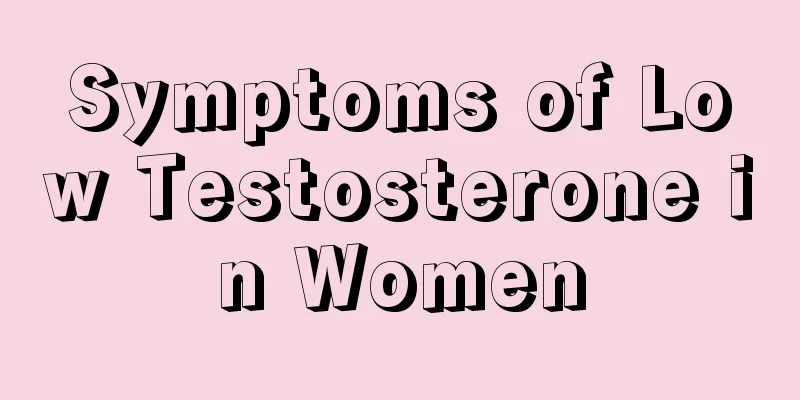Second trimester Down syndrome screening results

|
Generally speaking, medicine leaves room for interpretation of Down syndrome screening results: the fetus of a high-risk pregnant woman is not necessarily a Down syndrome baby; the fetus of a low-risk pregnant woman is not necessarily not a Down syndrome baby. The Down syndrome screening results at the hospital only indicate the probability of having a Down syndrome baby, not that there is definitely a problem with a high-risk baby. The result of Down syndrome screening is not a final diagnosis, but only the risk, that is, the possibility of suffering from Down syndrome. Further examination is necessary, such as amniocentesis, minimally invasive DNA, etc. before a diagnosis can be made. How to judge the results of Down syndrome screening in mid-pregnancy? When is the best time to do Down syndrome screening? This is what many mothers want to know. Only by finding the best time can the test be effective. The early stage of pregnancy is 9-13 weeks, the second stage of pregnancy is 14 days to 21 weeks and 6 days, and the selection is 16-18 weeks. However, because the conditions of each pregnant woman and hospital are different, the actual time for Down syndrome screening should be consulted by the hospital. In addition, you need to learn to read the results of Down syndrome screening carefully. To determine the risk of Down syndrome screening, we focus on three indicators: 1. Reuters High alpha-fetoprotein is a special blood protein in the fetus, and the standard value should be more than 2.5MoM. For pregnant women with congenital fetuses, the level of alpha-fetoprotein in the blood cells is 70% of that of normal pregnant women. The lower the measurement, the higher the chance of having Down syndrome. MoM is the multiple of the median, which refers to the blood cell markers of pregnant women in prenatal diagnosis tests, and is the frequency of the median value of the blood cell concentration of all normal pregnant women. 2. Human chorionic glargine insulin (hCGβ) The level of human chorionic gonadotropin in the blood cells of pregnant women with congenital epilepsy shows an increase. The higher the index, the higher the chance of suffering from Down syndrome. 3. Free estriol (uE3) Free estriol is the main estrogen produced in the fetus, and the uE3 value of pregnant women with congenital fetuses is reduced. Blood test values: If the blood test screening value exceeds the national standard of 1/270, the pregnant woman is at high risk. High risk simply means that the possibility of a fetus with Down syndrome is higher, while the low-risk group may also develop Down syndrome. It should be emphasized that the calculation methods of hospital outpatient services are not completely consistent, and therefore the standards are different. Generally, the standard value is about 1/700 and the national standard is 1/270. Below these two values, the risk is relatively low. |
<<: Lower abdominal pain when turning over while sleeping during pregnancy
>>: What to do if you are hungry at night during pregnancy
Recommend
Is HPV infection transient?
HPV stands for human papillomavirus infection. Di...
Traditional Chinese medicine recommends a dietary recipe for preventing and treating winter colds. It is simple and effective. It is recommended to collect it.
Editor's note: As the winter solstice approac...
What to do if it itches in the lower body? What ointment to use?
In fact, itching in the lower body is a common di...
How long after hysteroscopy can I have sex?
Nowadays, women like to have sex with their husba...
What is the cause of redness during pregnancy?
According to basic common sense, we all know that...
Causes of itchy genitals
Many female friends will experience symptoms of v...
How can girls adjust their rough skin?
Every girl wants to have clean and delicate skin....
What should I do if I have severe constipation during the confinement period?
For every woman who has given birth, childbirth i...
0.3cm left after 15 days of medical abortion
If a woman becomes pregnant without being prepare...
The children of these medical staff may have a bright future, but they may not study medicine anymore.
On the night shift, in order to conserve his ener...
What are the dangers of insomnia during the month?
After expectant mothers give birth to their babie...
The brown color of the period is gone
Menstrual irregularity is a common gynecological ...
What should I do if my breasts are sagging and soft?
For women who have given birth, breastfeeding wil...
Leucorrhea is like yogurt but it doesn't itch
Vaginal discharge and menstruation are all unique...









